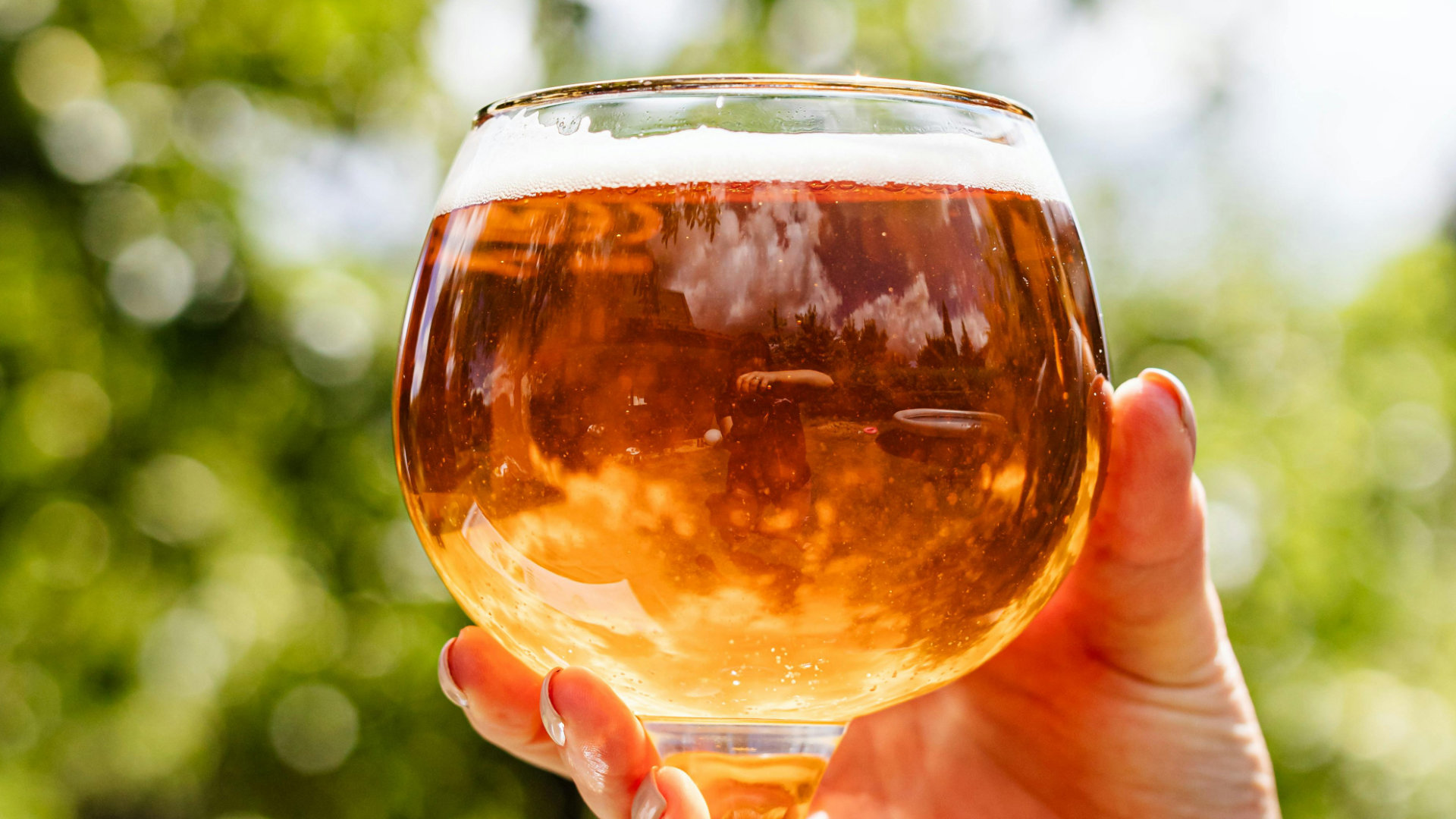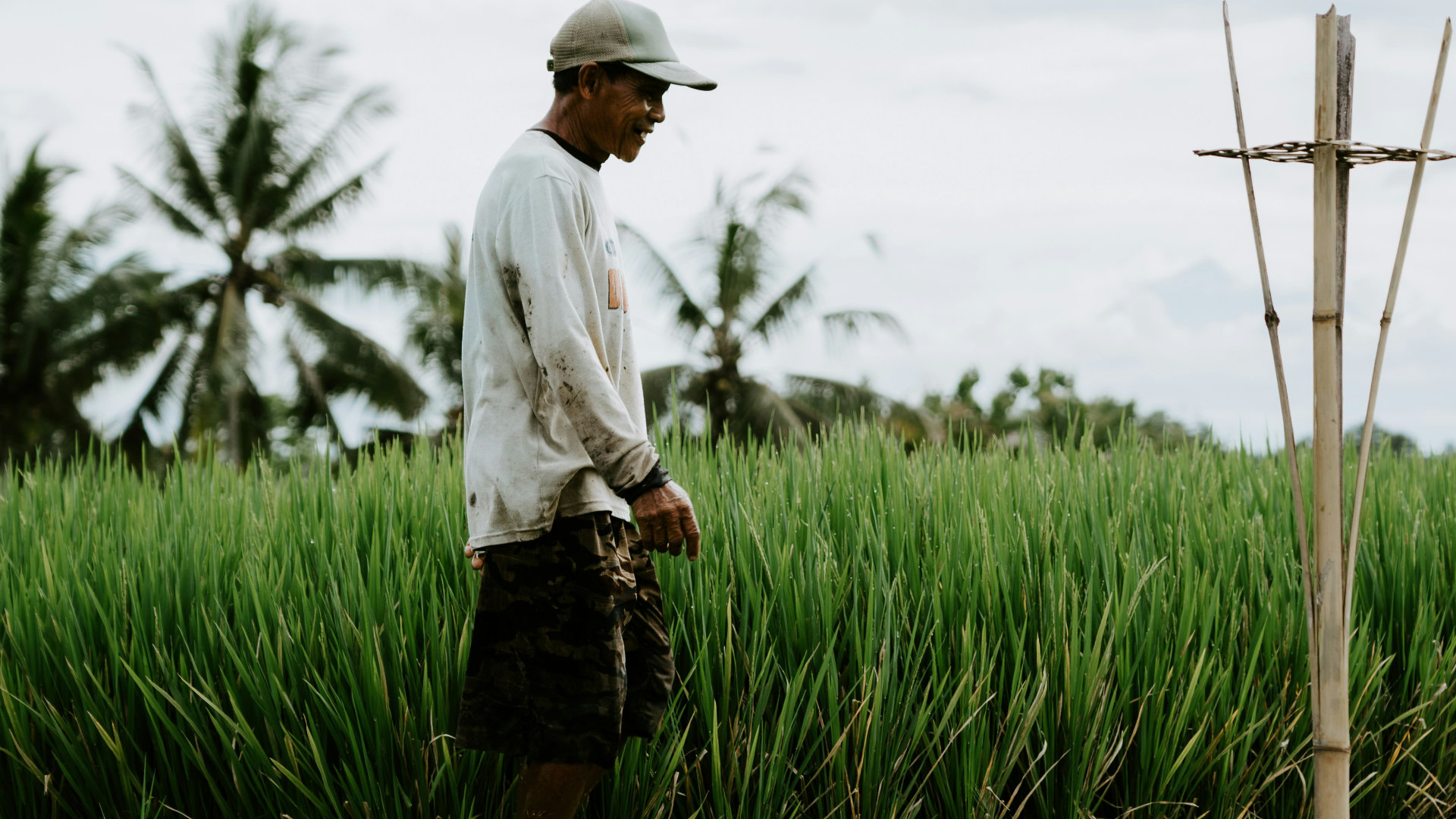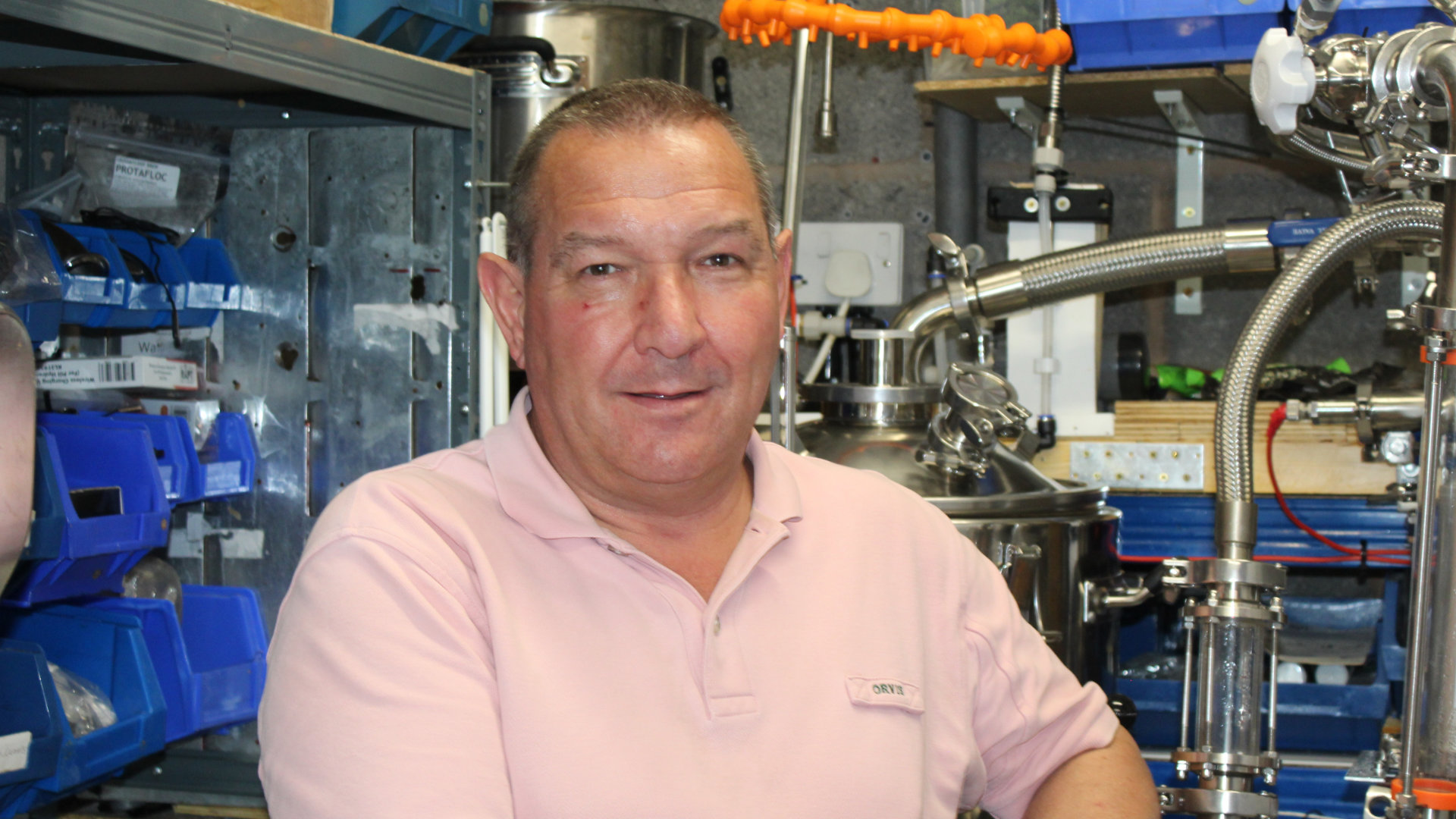The beer scene in Australia has come a long way since the days of mainstream watery lager. Discerning Aussies certainly would give a XXXX for anything else. Something with a hell of a lot more taste and soul. Thankfully, much like in the UK, the craft beer scene in Oz is super interesting and Australia is now home to around 700 small, independent, passionate craft breweries, brew pubs and contract brewers. All supported by a strong community of craft beer lovers.
One of these is Dad & Dave’s brewery just outside Sydney on its Northern Beaches. The brewery was founded in 2011 by Dad (John) and son Dave who both started as homebrewers until, after working as a trained chef for several years, Dave decided it was time for a change. So they upped their brewing game and invested in a professional brewing course. The rest, as they say, is history.
The Brews
When Gareth Davies from Dark Farm Hops (UK) and I recently visited Sydney the first thing we did was to head to Dad & Dave’s brewery in Brookvale – a great craft beer hotspot by the way – where we met up with Dave himself on brew day. We started off by quizzing him on what it takes for a beer recipe to make the cut and be used on a commercial scale.
“The recipes I use now are kind of what I used to brew when I was a homebrewerâ€, he says, “but they’ve changed a little bit over time. I used to make a lot of weird and wonderful interesting things all the time. I’m a big fan of the old school english – your ESBs and porters – but they don’t particularly suit the climate here. I used to have my little Kegerator going with something weird and wacky, plus a SMaSH pale ale – that was really clean and easy drinking – which has essentially turned into our pale ale. It was always the one that got drunk the quickest! When we finally decided to set up the business and were talking about what we should do for the beer recipes we knew that the pale ale had to be the first one to go out as that’s what everyone drinks and really likes.â€
The Hops
When it comes to hops, Aussie craft brewers experience the same challenges as small UK ones in that the large corporate breweries take more than the lion’s share. The recent droughts haven’t helped matters, and neither have trends for beers that use more hops, like Hazy IPAs. So Dad & Dave work with what they have, adjusting the types of hops they use with whatever they can get their hands on while still maintaining a similar flavour profile. In fact, look at a can of Dad & Dave’s today and you’ll only ever see Saaz named specifically. Any other hops they can get hold of is covered under the term ‘seasonal hops’.
The Grain
Things aren’t that much easier on the grain front either. Again, the droughts have had a massive impact on the availability of Australian grown malts. Dad & Dave source theirs from Gladfield Malt in New Zealand.
“If it was easy everyone would do it!â€
As homebrewers we know that making beer on even a small scale can be challenging; worrying about the availability of your key ingredients surely must turn your beard a bit grey. But as Dave says “If it was easy, everyone would do it!â€.
New for 2020
Despite all the hurdles they have to hop, the family team behind Dad & Dave’s are clearly thirsty for even more success and have hot plans for the future.
They’ve recently launched their own craft gin under the brand Wildspirit Distilling Co. First out is their Bloody Merry Gin distilled with the subtle flavours of fresh celery, cherry tomato, and Tasmanian pepperberry. A smart move to make full use of their capacity since Dad & Dave’s only brew beer twice a week.
When you’ve invested in your own canning machinery for your craft beers, you may as well use that to full capacity too. The lucky people of Sydney will soon be able to enjoy a deliciously convenient G&T in a can made with Wildspirit Distilling’s own tonic water.
And, as if that’s not enough to keep them busy, due to open later this year is their new 100 seater taproom in the hip beach town Manly – just down the road from their brewery. They already have a presence there with their Burgers & Beers joint on Darley Road, where you might catch Dave easily slipping back into his chef’s hat and perfectly flipping your burger.
Dave’s Top Tip for homebrewers
“When I was homebrewing I never used to pay much attention to pH†says Dave and explains that since he’s scaled up his brewing and has learned a lot more about it he’s realised the importance of measuring your mash pH. “Your quality of beer will go up and you’ll get a much nicer product with better clarity.†he adds.
You can buy an inexpensive pH reader from places like ebay for a few pounds to measure your mash pH. “You want it around the 5.2 range†he advises. “You can either phosphoric acid to correct it – which was what we use, but homebrewers are better off with a more dilute version (15%) – or you can use lactic acid.â€











